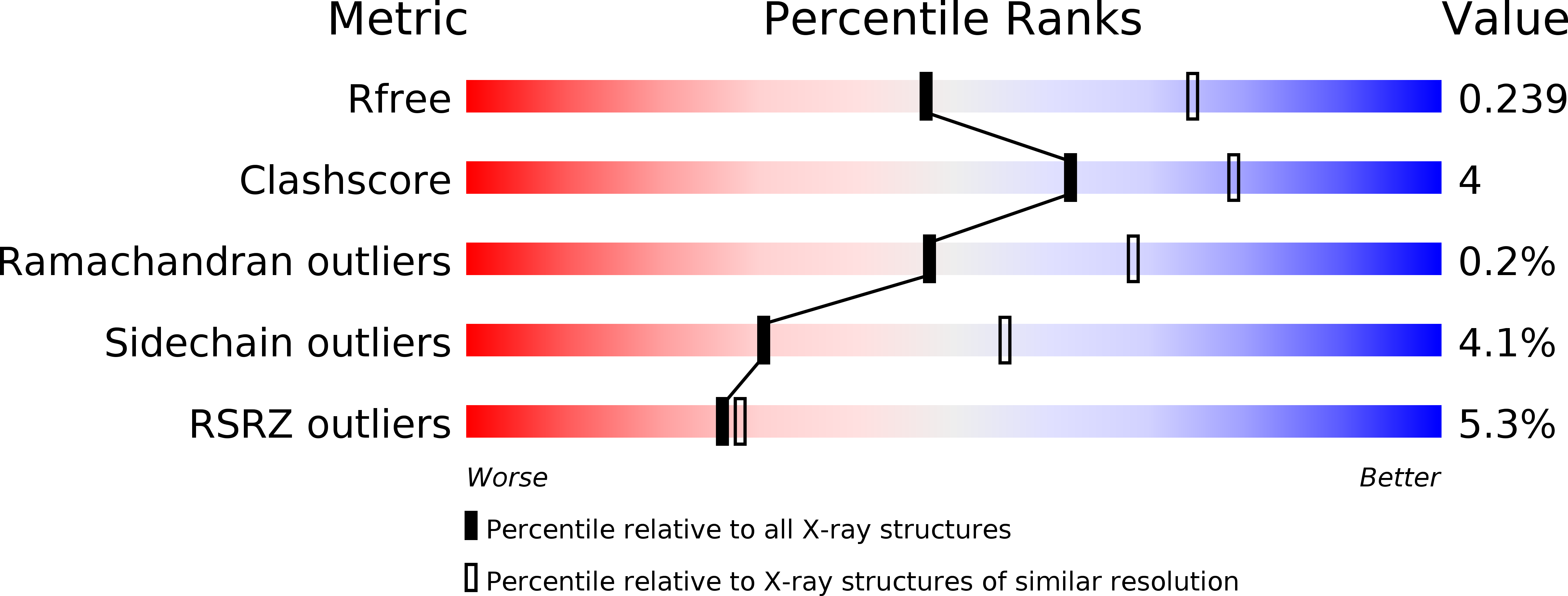
Deposition Date
2005-08-03
Release Date
2005-10-11
Last Version Date
2024-10-23
Entry Detail
PDB ID:
2AK4
Keywords:
Title:
Crystal Structure of SB27 TCR in complex with HLA-B*3508-13mer peptide
Biological Source:
Source Organism:
Homo sapiens (Taxon ID: 9606)
Host Organism:
Method Details:
Experimental Method:
Resolution:
2.50 Å
R-Value Free:
0.27
R-Value Work:
0.24
R-Value Observed:
0.24
Space Group:
P 1 21 1


